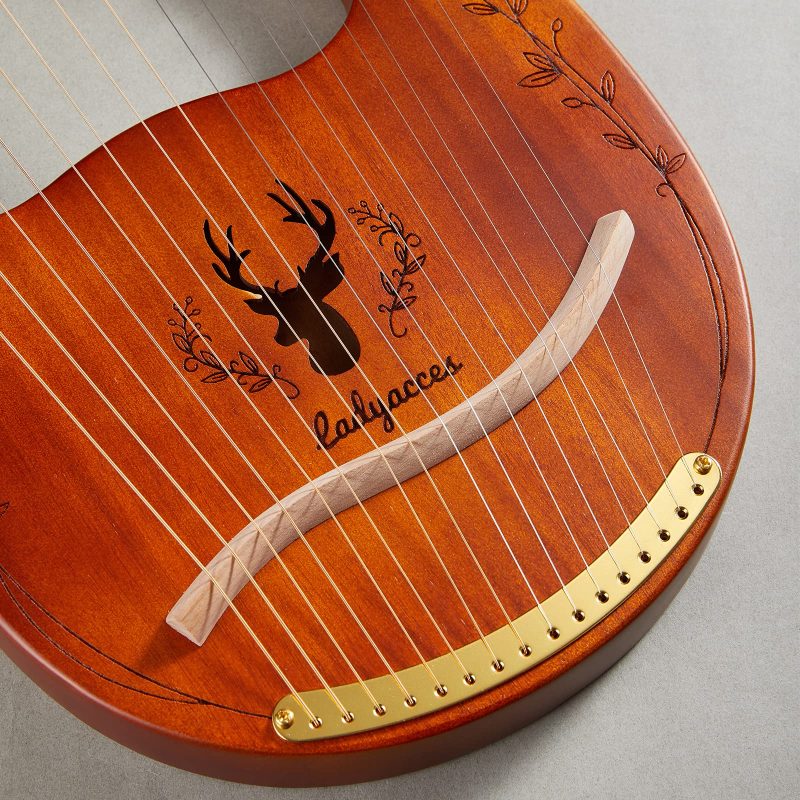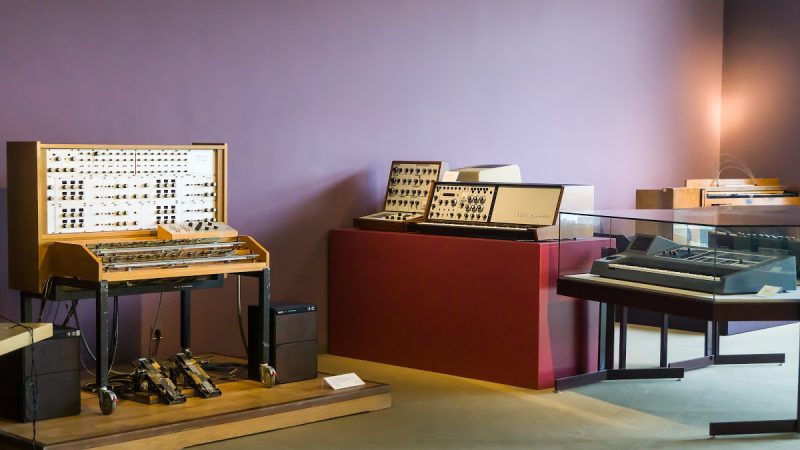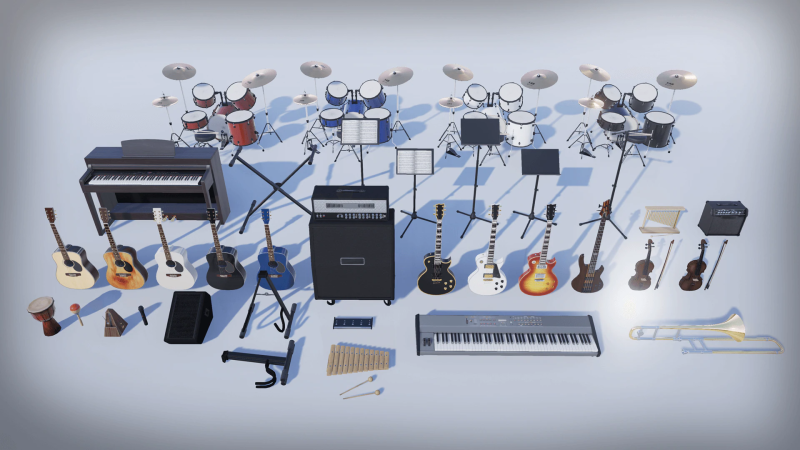A horn is a musical instrument that is played by blowing air into a tube filled with fluid. It is one of the oldest of brass instruments and has evolved from its early days as a hunting weapon to a refined concert hall instrument that is able to evoke a wide range of musical emotions.
Unlike the trumpet, which is played with two hands and can have a wider range, the horn has a limited number of pitches. The range extends from B-natural below the bass clef (which can be reached with embouchure tricks) to F at the top of the treble clef.
The lower notes of this range are a lot harder to play than those in the upper register because they have low frequencies and long vibrations. Moreover, the narrow tube limits amplitude development. This makes it much harder for a player to reach high notes and even less to change pitch abruptly without distorting the sound quality of the instrument.
As the horn evolved, its range became wider and the timbre more refined. In the 18th century a new playing technique was developed called hand stopping, which allowed the player to play notes that were outside the natural harmonic series. The resulting chromaticism was a welcome improvement but the sound quality of these stopped notes was muffled and weaker than those on a modern valve horn.
Another major innovation was the introduction of crooks, which were sections of coiled tubing that when inserted into a horn altered its length, allowing it to be played in different keys. This allowed the horn to support a wider range of sounds than was possible before, as well as making it easier for horn players to travel with a single horn in different keys.
In the 1720s, Anton Hampel, a virtuoso hornist in the court of Dresden, discovered that by manipulating his right hand inside the bell of the horn he could reach notes that were not part of the natural harmonic series and fill in the gaps of the harmonic sequence. This technique was known as hand stopping and he was one of the first musicians to employ this.

With his invention of this method, he gave the horn its chromaticism and the ability to be used for orchestral music. He also invented a special mouthpiece that was more flexible and had a wider range of pitch, which made it more comfortable to play.
The horn was soon regarded as the most versatile and elegant of brass instruments, although it still had some limitations that hindered its creative potential. Until the middle of the 19th century, horns were only available in one pitch. The horn was often paired with other horns of a lower or higher pitched in order to gain harmonics that were not accessible in the corresponding key.
The horn’s versatility was a major reason for its increasing popularity in the 19th and 20th centuries. Its mellow and romantic euphony was often used to evoke feelings of enchantment, yearning or even isolation. The horn’s timbre was also used to symbolize the expansiveness of nature, the vastness of space and mankind’s desire to explore new dimensions.







